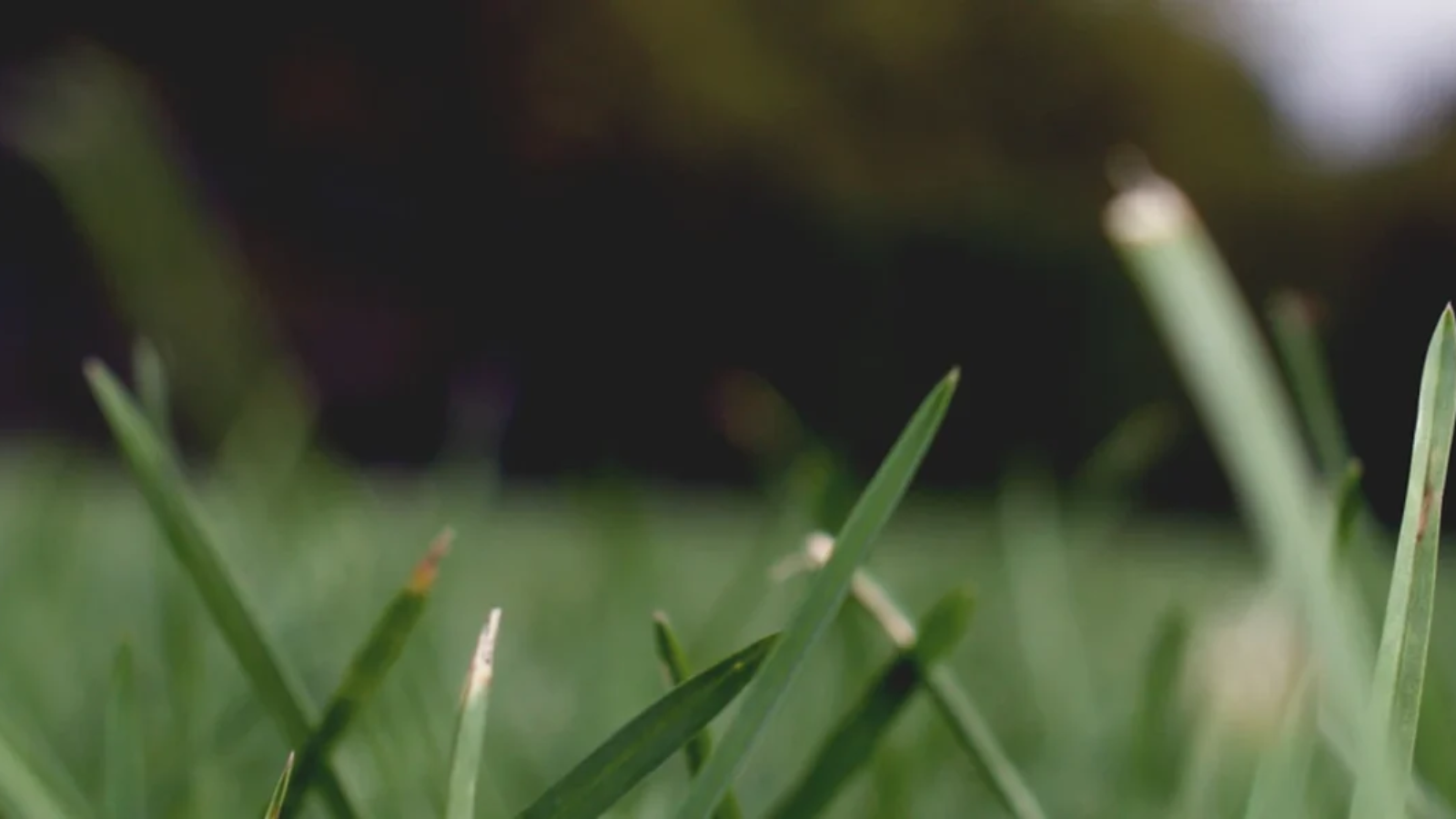1) Take stock — how’s your lawn holding up this season? One way to find out: walk your entire lawn. Look closely. Sure, all that rain brought-out the green, but you need to check for problem areas, too. Are there brown or “dead” spots? And look for threadlike or powdery coatings on grass blades — that’s fungus. Fungus won’t go away by itself. Left untreated it will spread, destroying years of hard work. Lawn health is critical going into to fall.
2) “Feed Me Seymour” — If it’s been raining a lot your lawn has been on a liquid diet. When grass takes up water, it takes up all the soil nutrients, too. The more it rains, the faster nitrogen is used up. An under nourished lawn is susceptible to disease. Good lawn nutrition makes all the difference. And now is the time to feed your lawn. In some cases, new lawns require Phosphorus for new root growth. But Nitrogen is the go-to for promoting grass growth all the way into Fall.
3) Do a quick chemistry check — what’s your lawns PH? You may need a soil amendment, like lime or compost. Heavy rainfall dissipates Calcium in the soil making for more acidic conditions (not a great environment for any living thing). That’s why September is lime time. Talk to us about testing your soil to determine if you need less acidic/more alkaline.
4) Let it breathe — aerating your lawn is critical. Your lawn needs it particularly after a summer of heavy rain. Our professional aeration service punches small holes into your soil allowing air, water, and nutrients to reach the grass roots. Aerating creates space between soil particles for essential nutrients like nitrogen to reach grass’ roots. Aeration is one of the most important steps to maintaining a lush, healthy lawn.
5) You can’t have too much of a good thing — Overseeding involves spreading fresh grass seed over your existing lawn. We highly recommend it for the fall. It’s a great way to patch bare spots and establish new growth. Overseeded areas “green up” fast because there’s already an established grass root system there ready for germination. And consider planting different varieties of grass seed for a thicker, disease resistant lawn.




Very interesting info!Perfect just what I was searching for!Blog monetyze